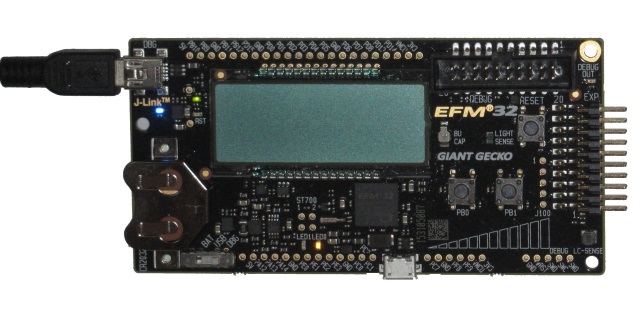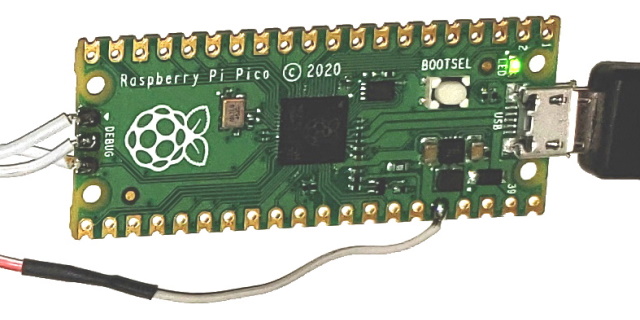Developing firmware for EFM32 devices with Visual Studio
This tutorial shows how to develop firmware for the EFM32 devices with Visual Studio and VisualGDB. Before you begin, install

This tutorial shows how to develop firmware for the EFM32 devices with Visual Studio and VisualGDB. Before you begin, install

This tutorial shows how to create, build and debug a basic project for the Raspberry Pi Pico device (RP2040) using

This tutorial shows how to create, build, debug and edit Embedded CMake projects with VisualGDB. We will create a basic
VisualGDB includes a fast AI editing engine, specifically designed for C/C++ projects where the full context is spread between multiple
Read moreVisualGDB supports the Raspberry Pi Pico devices by directly integrating with the PicoSDK framework. VisualGDB’s PicoSDK projects have the same
Read moreSmart Terminal is a special version of the terminal window, that is optimized for running various development-related commands. You can
Read more